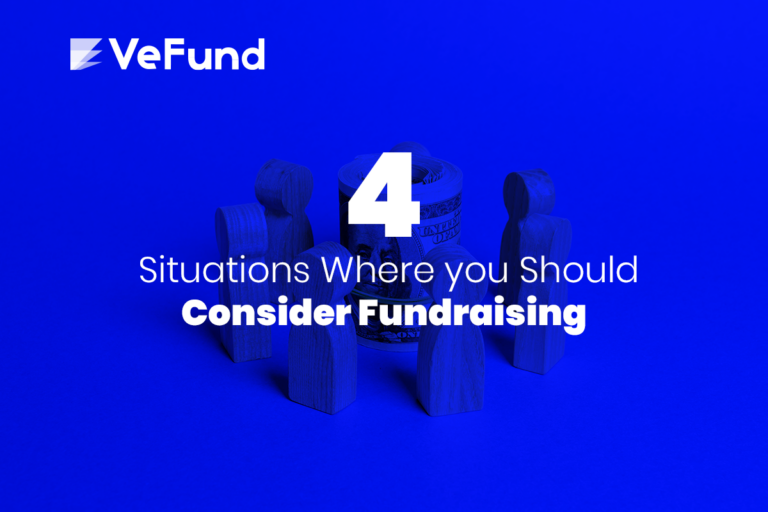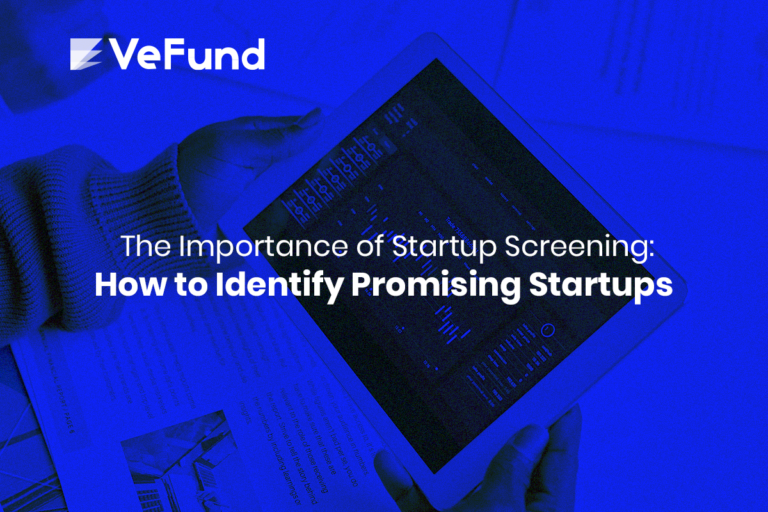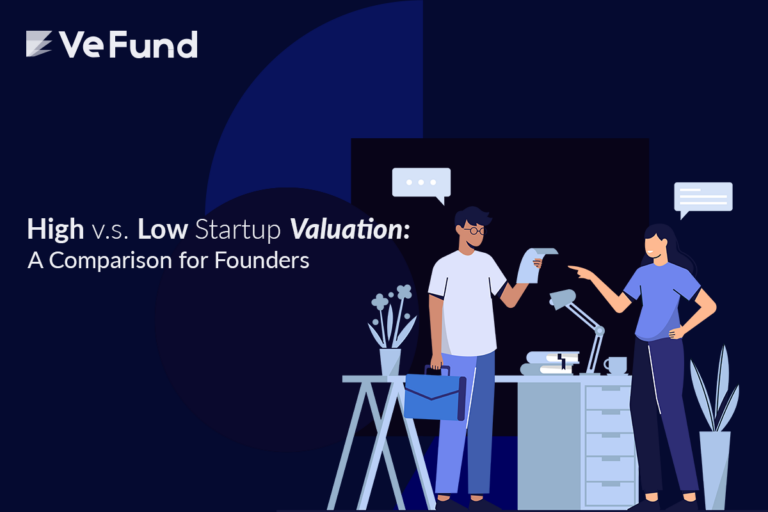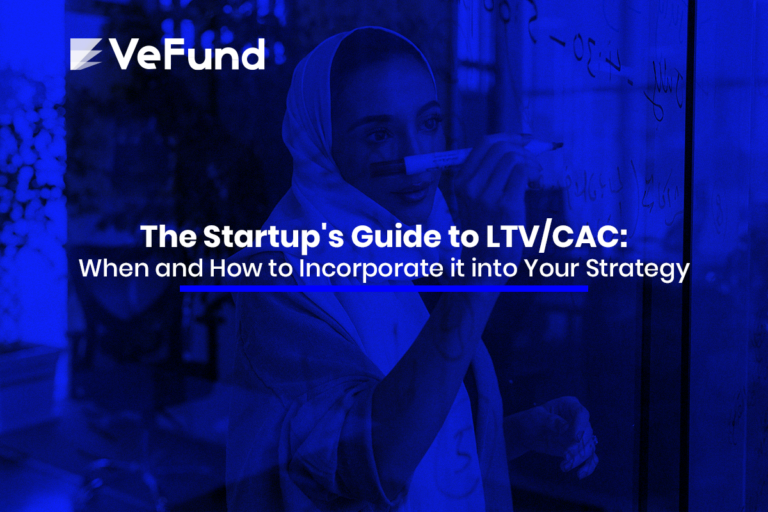Forecasting Guide for Startups: Top-Down Approach
Conducting financial projections for your startup may seem like a daunting task. It is not always clear how to start or what is appropriate. Searching for guidance though, like this article, is a great first step.
Two tips before we dive in:
- If your goal is to raise external funds, it is highly recommended to build the financial forecasting by yourself. Even if you plan to count on external help, make sure you understand the projections thoroughly. Being financially aware of your startup’s future is perceived as a huge plus by potential investors.
- Sometimes you will not find relevant data available for your startup. Your company may be in an industry with vague information. For that, you will need to work your way around and find close alternatives. Figure out different paths that make sense to the company’s strategy. Be the best analyst for your startup!
With that said, there are generally two approaches that guide your whole forecasting process:
- Top-Down approach: the topic of this article. This approach tackles forecasting by first understanding the industry and then working on how much can your company capture in this industry. After forecasting the sales, you start determining the expenses needed to reach the target sales.
- Bottom-up approach: this approach starts from your historical sales & expenses and works all the way up to what your company can achieve in sales, regardless of the industry status.
This article focuses on the steps needed for the top-down approach. As you will see, this approach does not need any historical data available as it is focused on the market externally. If done right, it will help in showing the investors your optimism.

Step 1: Determine the market size
Conducting heavy market research may be classified as the hardest step. However, it is deeply essential for your forecasting and even your pitch deck.
The TAM SAM SOM model can help you here for more strategic analysis. Each three letters in this model is a number we need to calculate. We will walk through the three numbers gradually.
Total Addressable Market (TAM) is the whole market size globally for your product. If you’re selling vegan food, your TAM is the annual sales of vegetarian foods. You can also start with the number of vegans globally and estimate their spending on vegan food from there.
You should search for these numbers in industry reports. Try to get creative if the number you’re not looking for is not available. This means working out your TAM from statistics that can be considered a proxy for the global annual sales. Even working your way from the relevant keywords’ data on Google Trends works.
Serviceable Available Market (SAM) is the part of the market size you can feasibly acquire. In our vegan food example, this may be the market size within the company’s base country or city. You should reach this number by research too.
These two parts of the TAM SAM SOM model are what require heavy research. The final item (SOM) is more about strategy.
Step 2: Determine your target market share
Serviceable Obtainable Market (SOM) is the percentage of the (SAM) you target to acquire. In other words, your target market share on which you will base your sales forecasting.
To determine your target market share, you need to analyze the competition scene v.s. your startup and estimate how much you can realistically capture over the years, your forecasts should typically be within a life span of 3-5 years.
Step 3: Show how your startup will reach the target market share
Now that you have determined your target, you need to work out how you will gradually reach there in 3-5 years.
This has more to do with the nature of growth for your product. Does demand grow linearly? Does it grow exponentially? As an example, Facebook growing by word of mouth is exponential growth.
Step 4: Determine the expenses needed to reach your target
Basically, you determined your target over the years, now you have to determine what it takes to achieve it.
If your company has been running for several months, gather the expenses and estimate the relevant expenses with them.
If not, research the unknown expense prices. Use google, your network, and the data available from the competition.
You can check out our Financials Section at the VeFund’s Valuation Calculator to know how to differentiate and gather the different types of expenses.
Final Thoughts
The top-down approach is a great way for startups to show their potential in front of investors. Be cautious, however, to be perceived as overly optimistic. If your estimations on steps 1-3 were unrealistic, use step 4 (the expenses) to set you back to a realistic target.
Mixing the bottom-up approach here may do the trick too. Since it starts with your expenses and capabilities, it has the potential to set realistic targets. There is no need to choose between the top-bottom v.s. bottom-up. Use both as guidance to reach both realistic and optimistic assumptions.
Finally, when you’re done with the forecasting, VeFund’s valuation calculator can take it from there. The calculator uses your forecasts as inputs and lifts off the valuation process from you. We take care of the methods and parameters needed for a valuation that suits your startup!
Frequently Asked Questions (FAQs)
How do startups predict sales?
Predicting sales can be done by defining how much are the annual sales in your product’s market. Then you should analyze how much you can realistically capture from this amount. This can be done with the aid of the TAM SAM SOM model.
What is the TAM SAM and SOM Model?
The TAM SAM SOM model defines the opportunities ahead for your product. Each item dissects your product’s market to narrow down your sale revenue’s target:
- Total Addressable Market (TAM): total market for your product.
- Serviceable Available Market (SAM): percentage of the TAM you can acquire based on your business case, such as location. This is your target.
- Serviceable Obtainable Market (SOM): percentage of the SAM you can realistically capture.







